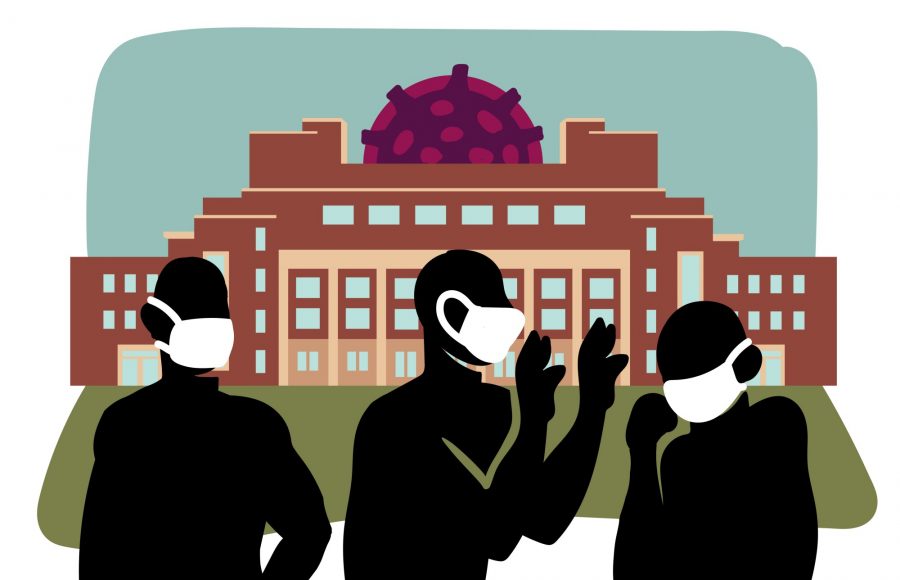As student schedules and fees are finalized for the upcoming semester, some are questioning the cost of attending the University of Minnesota this fall without the benefit of many in-person experiences.
The University confirmed a tuition freeze for the 2020-21 school year, a move that took $25 million in new revenue out of the University’s budget. Now that the modality for many courses has been determined, with roughly 70% of courses online, some students are expressing discontent with tuition costs. Students are now the University’s largest source of income.
Since the University has already lost money due to COVID-19, the administration will likely not see further lowering tuition costs as a viable option, Regent Michael Hsu said.
At a special meeting Thursday, the Board of Regents voted to charge the full cost of Student Service Fees if students take six or more in-person credits, or credits that would traditionally be in-person. This was a departure from the previous rule that would only charge students if they took six or more credits in-person, which brings in around $35 million annually from the Twin Cities campus.
“I don’t think it’s a good look publicly for the University to say even though we’re only going to have a … relatively small percentage of on-campus opportunities for our students we’re still going to charge them the full boat because we don’t want to have to make some of the tough decisions that their families are having to make,” Regent Darrin Rosha said at Thursday’s meeting.
While some regents were hesitant to vote in favor of the change, others supported charging students in full due to a recent rise in usage of certain in-person services.
During the meeting, Regent Richard Beeson said he supported the changes to SSF rules because while some fees may no longer apply, others may become expensive. Regents cited, for example, the increased use in student legal services.
Though the board is unlikely to reverse the decision to freeze tuition, students are expressing the desire to lower tuition to reflect the lack of in-person instruction, which some say they view as less valuable.
Jack Flom, a rising third-year student studying political science and urban studies suggested students refuse to pay tuition this upcoming year as a form of protest against the University.
“We apply to the University of Minnesota to get an in-person education … It’s like I’m attending a community college now and I’m paying full price,” they said. “I feel like they’re just trying to extort us.”
Others expressed similar concerns around how tuition costs could impact students, and questioned whether the cost for an online education is worth the same as in-person classes.
Russell Brown, an incoming first-year who said he intends on majoring in political science, suggested that online credits be billed at a different cost than in-person courses.
“I think it would definitely make tuition more affordable,” Brown said. “I fall into this weird middle ground where … my family doesn’t qualify for a lot of low-income grants, but we can’t necessarily afford a large bill either.”
Rising second-year student Sofia Ledeneva said online classes and tuition costs caused her to reconsider her transfer to the University in the fall. Ledeneva is currently attending college in South Dakota.
“I considered staying here for the year and taking those next classes here just to get my generals out of the way, because of tuition staying the same,” Ledeneva said.
Her lease on campus with a friend was one reason she chose not to defer her University acceptance, she added.
Ledeneva, who said she plans on getting a job on campus to help cover expenses, said she was concerned for other students who might not be in financially stable situations due to the COVID-19 pandemic.
“Personally I’m okay because I still have a job,” she said. “There are people that are in very different situations than I am, I was lucky.”








